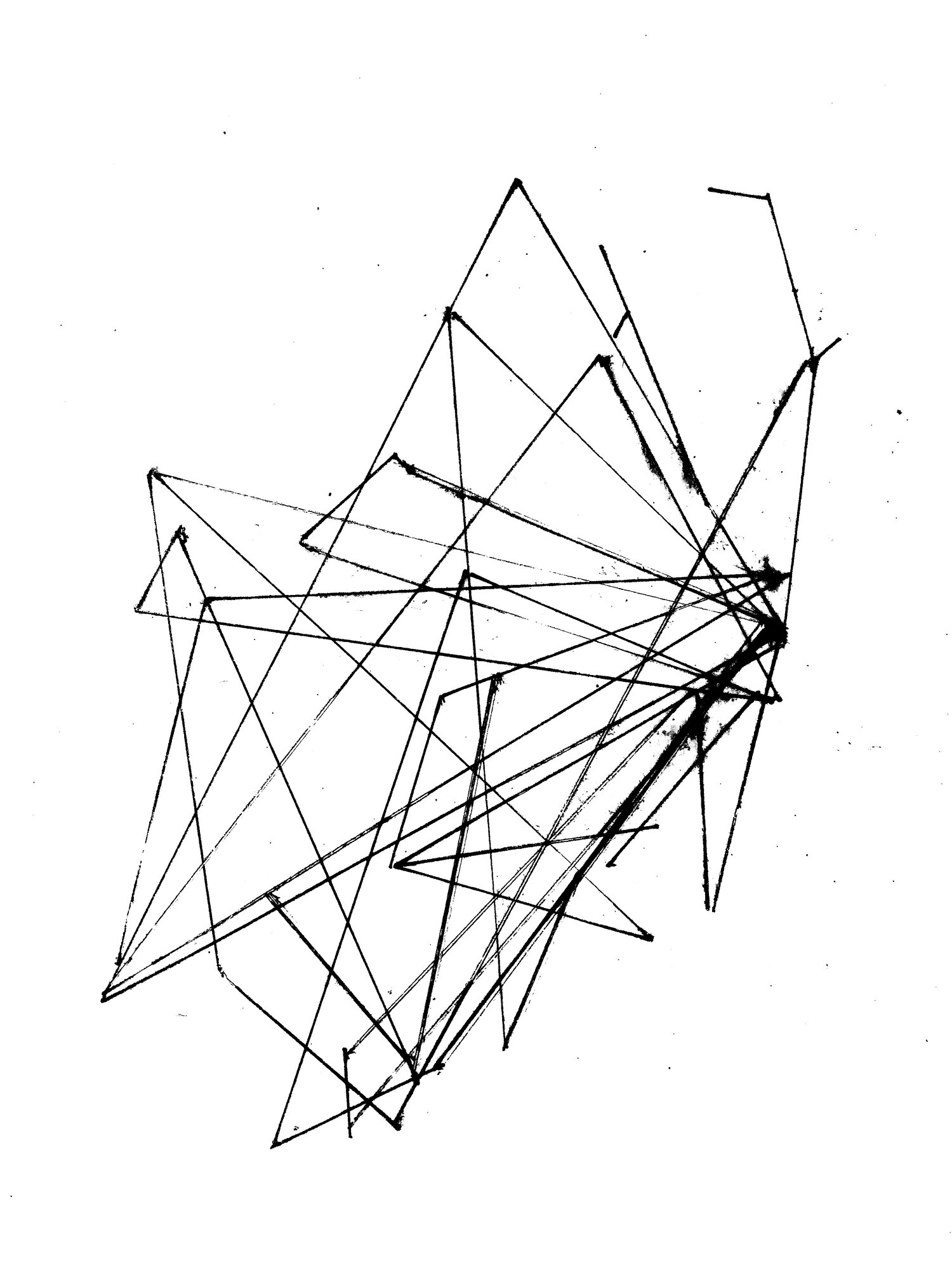St Brigid’s Skull
1 February is St Brigid’s Day. She’s my favourite saint, far more interesting than St Patrick. She was feisty, fair-minded, intrepid and determined. In primary school the end of January was always marked by weaving St Brigid’s Crosses. If you want to see how to make one the National Museum of Ireland has a very easy to follow guide: How to Make a St Brigid’s Cross and they have a new exhibition in the Museum of Country Life just outside Castlebar.
St Brigid’s Cross
Unsurprisingly, I’m particularly interested in what happened to Brigid after she died
I’m plotting a new book - one that will take me to the graveyards of Ireland (and beyond) and St Brigid is part of that. Brigid died in AD 575 and was buried in Kildare, but later exhumed and buried in Downpatrick (alongside St Patrick & Colmcille). But her skull is not there. In the thirteenth century three Irish knights exhumed her body, took her skull and headed for Portugal. Brigid’s skull is now on display in a small church in Lumiar, just outside Lisbon.
Reliquary containing (most of) St Brigid’s Skull, Lumiar,
But this was not the final resting place for her skull (or at least not for all of it) There is very little dignity in death for a saint, for their bones (or relics) are often are often chipped away and divvied out among the faithful.
In 1929 a small portion of St Brigid’s skull was returned to Ireland and gifted to St Brigid’s Church in Killester, Dublin. On 27 January that year Archbishop Edward Byrne formally enshrined the relic at the church - an event captured by British Pathe News.


